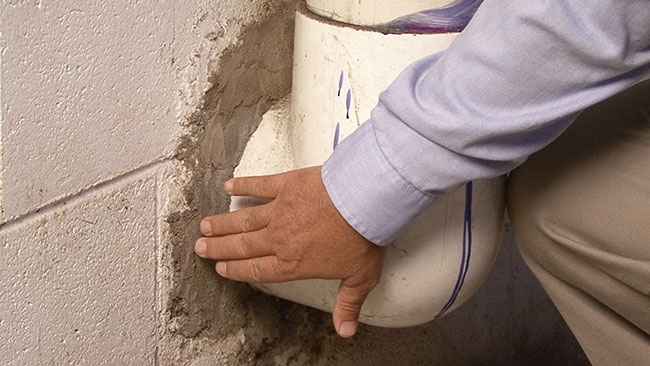
Equipment
Storage
Keeping facilities pest free throughout the winter
Tips on incorporating a pest management program into your winter maintenance plan.
November 7, 2019 By Alice Sinia Orkin Canada
 Photo courtesy of Orkin Canada.
Photo courtesy of Orkin Canada.As temperatures drop and days get shorter, pests make their way toward civilization – otherwise known as your buildings and warehouses – for the winter.
Just like us, pests avoid freezing temperatures and harsh weather by seeking warmth and shelter indoors. Before closing up shop or maintaining your facility during colder months, it is important to incorporate a pest management program into your winter maintenance plan.
A proactive, effective Integrated Pest Management (IPM) program can help your facility combat increased pest pressures by deterring pests from encroaching on your business – and prevent pests from taking a bite out of your revenue. Limiting pests’ access to your building and implementing frequent pest monitoring can help keep them out.
Pest monitoring devices can help you stay one step ahead of pests and keep your business operations running smoothly all season long. Choosing the right pest monitoring devices can seem intimidating. With the help of your pest management provider, you can determine which devices can effectively monitor pest activities inside your facility. Consider using common devices that can help you detect a pest presence in your building, such as:
- Remote rodent monitoring stations. While these devices can be expensive, remote rodent monitoring stations are capable of sending a signal to mobile devices or can even alert your pest management provider any time a rodent is sensed inside the trap. Timely rodent detection leads to timely control and can prevent infestations.
- Insect monitoring devices. These sticky glue boards are placed strategically throughout the inside of facilities to passively capture both flying and crawling insects. While these devices cannot be used to control pest populations, they can help you and your pest management provider determine what type of pests are invading the facility, how many are present, how they are getting in and any possible pressure points to consider.
- Electric insect light traps. Larger flies, such as house flies and bottle flies, can be monitored using light traps that are placed around the inside of warehouses or other buildings in select areas. These devices use ultra-low voltage (ULV) light to attract pests and then use an electric zapper or glue board to contain the pest inside the trap.
Deploying your employees
Your team is the first line of defense against pests. No matter an individual’s role within your business, every single employee should be encouraged to take part in your facility’s pest management practices by being aware of potential indicators.
Training team members on the ins and outs of your pest management program not only helps educate each member on what to look out for but can provide them with a procedure to follow if a pest is spotted. Create and use a pest sighting log as a tool to communicate amongst your team about the types and timing of pest activity.
A detailed pest sighting log can help determine which areas of your facility are susceptible to pest activity or may even need additional treatment. To create an effective pest log, encourage employees to include details like the number, type and location of pests spotted. This information can be used to inform your IPM program and make it more effective in the long run.
Seal out pests
Even the smallest gap or structural deficiency can allow pests inside your building. Before pests start seeking shelter from the cold, establish a routine facility maintenance schedule and frequently inspect for pest activity. Be sure to note any crack or crevice around doors and windows, and keep an eye out for any holes in exterior-facing walls.
No space is too small for a pest to make its way inside. Mice can squeeze through holes the size of a pinky finger and rats can enter through holes the size of a thumb, while pests like flies and crawling insects need much smaller spaces to enter. Caulking any gaps with sealant and repairing holes around your building’s structure can deter pests from invading your space and allow your business to remain pest free.
Print this page